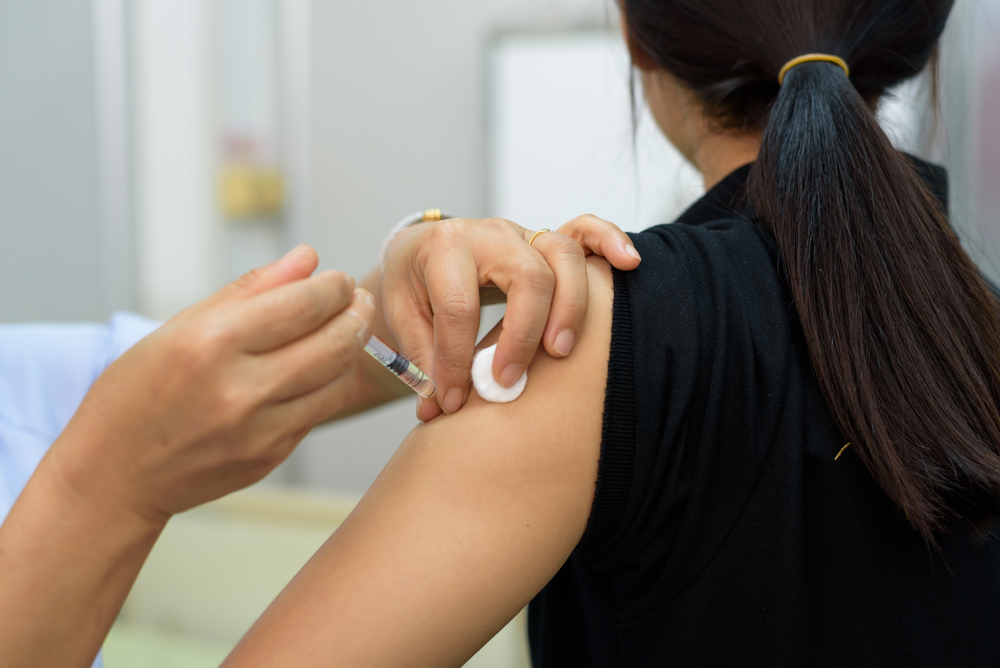Hpv Infections And Cervical Cancer The Link, Risks, Prevention, And Control
HPV infections and cervical cancer: The link, risks, prevention, and control
One of the most commonly seen viral infections of the human reproductive tract is caused by the human papillomavirus (HPV). Studies show that both men and women, once they enter a sexually active stage in life, are vulnerable to an attack from this virus at some point in their lives. There are at least 100 different types of HPV and not all of them are life-threatening or dangerous. Some of them cause annoying but non-hazardous conditions like genital warts or benign tumors in the respiratory passages. Most of them get eliminated spontaneously by the body’s own immune systems, but a small number are resistant and can be identified as cancer-causing agents.

Cervical cancer ranks fourth in occurrence among cancers in women and has a relatively high mortality rate (51%). A large number of cervical cancer fatalities occur in the less developed countries, probably due to the absence of modern screening systems.
Let’s look at some of the links between HPV infections and cervical cancer, the risk factors involved, prevention, treatments, and control practices.
What is cervical cancer?
- The cervix is the lower part of the entrance to the uterus, connecting the vagina and the uterine cavity. Located between the bladder and the rectum, it allows the flow of blood during menstruation and supplies a lubricating mucosal protein to the reproductive passages.
What is the link between HPV infections and cervical cancer?
- HPV is a sexually-transmitted virus. There are more than 100 types of HPV of which at least 13 types are known to be cancer-causing.
- The two main strains that are linked to cervical cancer are HPV 16 and HPV 18.
- Evidence establishing the link between cancer and the virus has been available since the 1990s.
- By 2000, a large, consistent volume of scientific proof indicated beyond doubt that there was a robust and clear association between the two, thus cementing the link between HPV infections and cervical cancer.
- HPV was established as the first clear cause of cancer in human beings. In the absence of HPV virus, cervical cancer will not develop. Thus the link between an HPV infections and cervical cancer is strong.
What are the risk factors for cervical cancer?
- Exposure to the virus is commonly seen once the person begins to engage in sexual activity.
- Early sexual activity before age 16 and within the first year of menarche can result in added exposure to the virus.
- Penetrative sex is not necessary for virus transmission, any kind of skin-to-skin/genital contact can also cause the virus to spread.
- Having multiple sexual partners significantly increases the risks of contracting the virus.
- Smoking is another risk factor.
- HIV patients and those with genital herpes are more vulnerable to the disease.
- Socio-economic factors are also a contributing factor because women from certain ethnic and economic backgrounds have less access to information and screening.
What are the common symptoms of cervical cancer?
- Persistent HPV infections cause lesions, which if left untreated can develop into cervical cancer.
- Most symptoms occur only after the cancer has progressed to a late stage.
- Signs include irregular menstruation, bleeding after intercourse, back/leg/pelvic pains, vaginal discharge that is abnormal and odorous, fatigue, loss of appetite, sudden loss of weight, and swelling in one or both legs.
Can cervical cancer be prevented and/or controlled?
- A multidisciplinary approach is needed for the prevention and the control of this disease.
- HPV vaccinations are helpful in preventing infections that increase the risk of cervical cancer.
- Education and information about safe sexual behavior, use of condoms, circumcision for males to ensure hygiene, and restriction of tobacco use are some of the prevention strategies.
- A mutually monogamous relationship with infection-free partners lowers the risks of this disease.
- Control, diagnosis, and management can be achieved through early detection.
- Regular screening, cryotherapy or other treatments to treat lesions, early detection of cancerous developments, etc. are some of the methods for treatment of this disease.
What are the treatment options for this disease?
- Treatments differ based on the stage of the cancer (Stages I–IV).
- Precancerous lesions can be treated with cryotherapy, cauterization, cold-knife conization, laser surgery, or hysterectomy.
- Invasive cancers are often treated with chemotherapy, radiation, or biotherapy.
- Lifestyle and good nutrition play an important part during treatments.
- Regular follow-ups, Pap smear tests, screenings, and a full pelvic examination are also essential.

